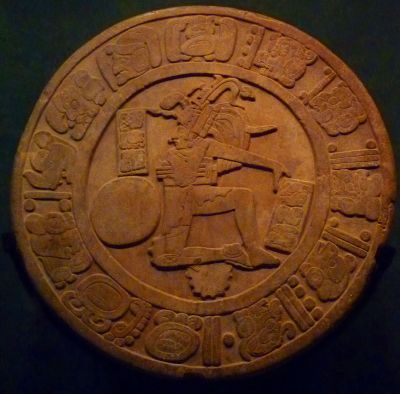Recent scientific projects in the digital culture
domain digitise cultural heritage, making it accessible to many in
creative ways and preserving its content. However, often, the results
are not exploited to their full potential. MAXICULTURE offers two tools to help them: one is an assessment tool, the other is a community platform.
‘Digital cultural heritage is a large domain,’ says George Ioannidis, director of IN2,
the company behind the technology for the MAXICULTURE community
platform and project partner. Activities include scanning books,
developing tools for digital storytelling, tools for accessing
collections of multimedia documents, supporting collaboration in museums
and libraries, and so on.
‘Working with partners across the EU has been very useful, to get a
clearer picture in this large domain,’ explains Mr Ioannidis. The
international partners (Eurokleis, T6, VDJ and IN2)
got in touch with European experts in digital cultural heritage who
helped to shape the assessment tool and improve the community platform.
Giving people a clear idea of how effective their project is
The self-assessment toolkit is available to 39 projects,
some of which can be read about on this site. So far half have
completed at least one assessment cycle. The projects can choose what to
evaluate, for example their technological, economic or social impact.
They complete an in-depth questionnaire and get back an assessment
report which calculates a performance score.
This can be compared against the average result of other projects
and allows progress to be monitored over time. From this report,
projects can then see what they need to do to improve their scores and
devise a plan to achieve their target results.
Cultural heritage projects across the EU tell their story
MAXICULTURE, which drew to a close at the end of 2014 and was backed by EUR 600 000 of EU funding, also offers a community platform
which automatically creates collections of posts from information
projects publish on social media along with articles, audiovisual files
and photos that they upload to their website.
‘So far 20 000 items have been harvested’, explains Mr Ioannidis,
adding ‘Collections are put together attractively, giving the user the
chance to browse all the relevant posts and uploads in just one place.’
EC-funded projects gain a targeted platform to showcase their
results. Projects looking for partners can see who is relevant to them
and policy makers, museums, libraries and archives can gain an insight
into what is working. The tool can also be used by investors to. find
the latest innovations in digital culture.
Building up engaging event resources
‘The community platform also includes posts from events that the
EC-funded projects attend’, says Mr Ioannidis, adding ‘so in MAXICULTURE
we experimented also on how we can create engaging stories about what happens at events’.
Building on these ideas, the STOM and mymeedia
projects now aggregate social media posts surrounding an event, along
with visual material (photos, videos), presentations and keynotes. This
is built up into an event resource which organisers can use, for
example, to present the best moments from a conference.
For ICT Proposers Day 2014 in Florence, Italy, mymeedia made a digital stage
available featuring the social stream and the highlights of the event.
Over 3 000 posts from social media networks and event presentations were
collected. The stage was visited over 600 times during the two day
event.
Link to project website
Link to video
 EN
EN  CS
CS DE
DE ES
ES FR
FR HU
HU IT
IT PL
PL PT
PT РУ
РУ SK
SK TR
TR УК
УК AR
AR 中文
中文







